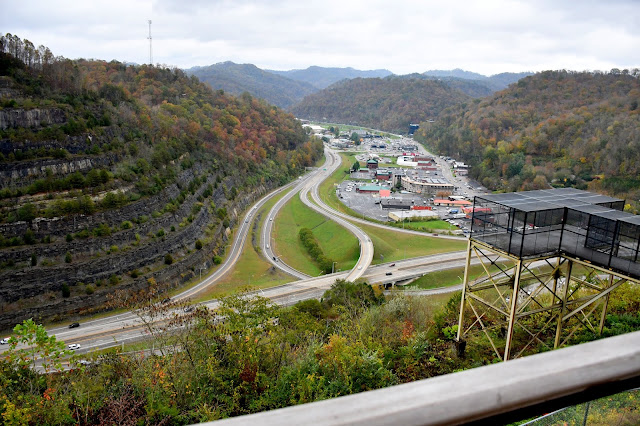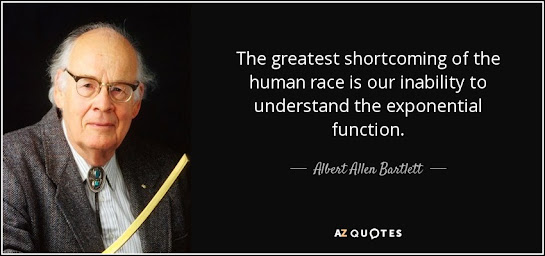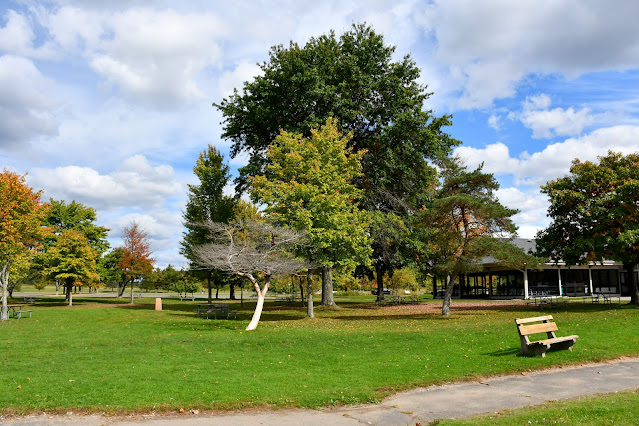Population Links
Population Links
Reducing tropical cyclone impacts: Climate protection through limiting and delaying global warming
Landslide disaster risk in the Kivu Rift is linked to deforestation and population growth
ABSTRACT: Of all environmental problems, rapid human population growth is arguably the most detrimental. In fact, escalating human population is fueling the acceleration of all environmental problems (Brown and Nielsen, 2000; Plant et al., 2000; Jayne, 1999; Lelieveld et al., 1999; Carpenter and Watson, 1994; Bartiaux and van Ypersele, 1993; Alper, 1991; Brinckman, 1985). The increase in the number of humans is responsible for amounts of pollutants dumped into land, water, and atmosphere. The consumption of land resources has also increased, and at an accelerating rate. Given the fact that the world population is growing (Marchetti et al., 1996; Pimentel and Pimentel, 1997), the population size is also seen as the major determinant of the amount of resources used. The World Health Organization (WHO, 1996a) reports that more than three billion people are now malnourished – the largest number and proportion ever. In other words, in many places the number of humans exceeds the carrying capacity of the area in which they live. With the world population surpassing six billion, the issue of population growth warrants the most serious attention. Given the numerous effects of increased population on the planet, human population growth is seen as the main cause of other biologically and ecologically destructive phenomena. In this context, these destructive phenomena are seen as the dependent variables on one side of an ecological equation and population size is seen as the independent variable on the other. Conceptualizing human population growth as an independent variable has led to an unforeseen consequence. That is, human population has been seen as independent of other identifiable ecological, biological, and behavioral variables. Some have proposed that, while natural resources, ecological concerns, and other biological and behavioral variables can limit human population growth, these same variables, when increased, do not serve to escalate population growth (Marchetti et al., 1996). Thus, the causes of human population growth have been left inadequately addressed. Our position is that population growth, the prime environmental problem affecting all ecological, biological, and non-living systems, is a function of increasing food production (Quinn, 1992, 1996, 1998a; Pimentel, 1966, 1996).











Comments
Post a Comment